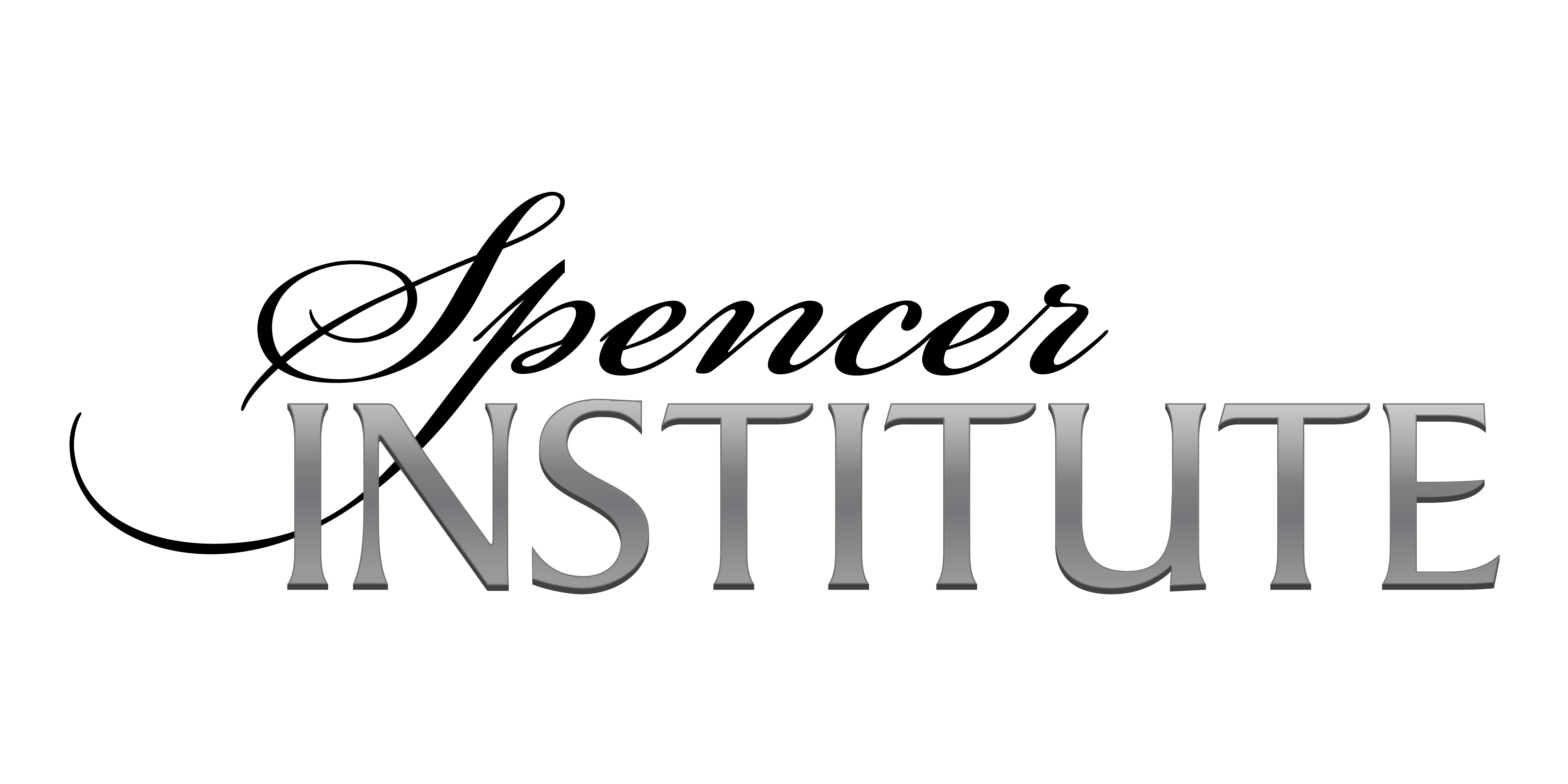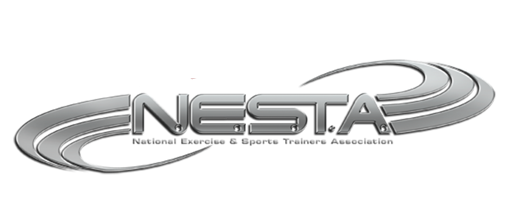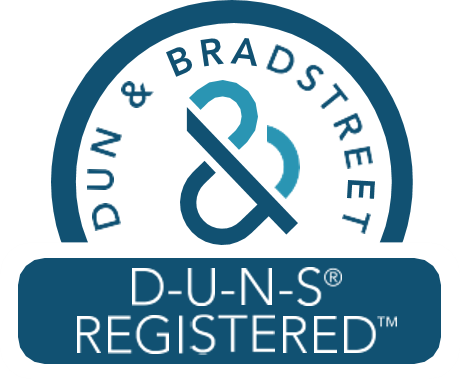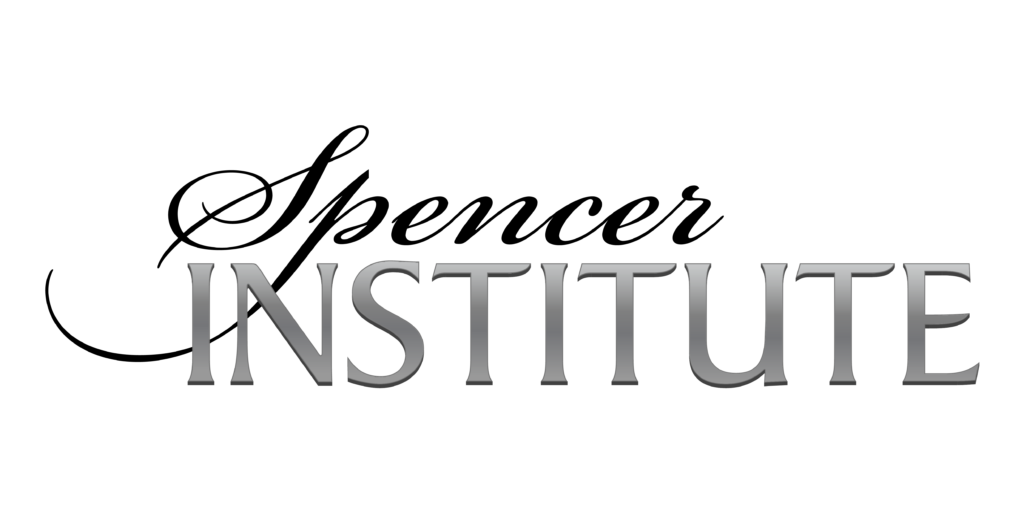 When we began to work with a client as their professional wellness coach, it is essential that we understand not only what wellness coaching is or the history that brings us to our current state of evolution, but those skills that are required to understand the client better.
When we began to work with a client as their professional wellness coach, it is essential that we understand not only what wellness coaching is or the history that brings us to our current state of evolution, but those skills that are required to understand the client better.
So what exactly is change all about?
Change happens, in general, three different ways.
- Change by crisis
- Change by osmosis
- Change by vision
Change by Crisis
Change can easily occur when we have a crisis. If you think about it, you can imagine that a crisis will produce a change in our client’s life. It could be something as extreme as having a heart attack or something very serious that the client faces in terms of harsh realities, related to health or life’s circumstances. Change by crisis can be a small thing.
It might be something as small as viewing yourself in the mirror and not liking what you see reflected back. It can also be someone saying something to your client that touches them on a very profound level. There are many things that people would consider to be a crisis, big or small, so it is in a relative sense that we must contextualize this.
Change by Osmosis
When the client experiences change by osmosis, it is a lot more subtle of a process. Think about a slow, gradual process, where your client has to accept or absorb new stimuli from an external source.
An example would be again tied to smoking. Laws have changed that regulate smoking in public, making it fairly limited. Now, smoking can only be done in certain places. But the impression our society is giving smokers is that smoking is an unacceptable behavior. People who do smoke most certainly are going to be affected by this. It doesn’t necessarily mean that they will give up right now, but eventually, this sort of change by osmosis could push the client on a journey of change that leads to the decision for them to quit smoking.
Another example of change by osmosis would be a client within a small group of friends. As a group, they have all started to show signs of weight loss, as they have all joined a gym. Eventually, group members who are not as engaged in the process of weight loss start to think that weight loss could work for them and that maybe it’s something they could do if they were like the rest of the group.
In this way, change by osmosis happens in a time frame that is determined by the client, and therefore is at their own pace…usually a gradual one.
Change by Vision
Change by vision is what coaching is all about, and it is where coaching begins. When our client changes by vision they have a sense for what lies ahead. But there are certain components involved in change by vision, and as coaches, we have come to know of this as impulse control or delayed gratification. These are concepts that come under scrutiny here because to change by vision, our client has to have an idea of what lies ahead or what their lives would be like, should they engage in a healthy behavior change that they sincerely want for themselves.
Part of being a good wellness coach means that you know that changes from our client are not going to occur overnight, so impulse control is something that we might need to help them work to improve.
Sometimes, it is useful to help the client to see their vision down the road. It could be, that in six months, they will be 10 pounds lighter, but right now, today, the client is still willing to get up and do the workouts, and to eat properly, each day without seeing any results until some point well down the road. This is because their vision will allow them to see that there is something useful or worthwhile in the end result. Delayed gratification is very closely related to impulse control and is best resolved with strategies using self-talk. At one point, your client will have to say to themselves, “I am not going to let myself do this because it gets in the way of my goal.” We need to be able to coach our client to believe that in a 3 to 6 months time, the pleasures of getting to what their end goal will be greater than what the behavior now will give them. Change by vision is the way that coaching works best.
What is Vision?
Your client’s vision is the picture of where they would like to be in an area of their life.
When we talk with our clients about vision, there can be a sense of it as being something abstract or unlikely. In reality, your client’s mission should be colorful, precise, exciting, motivating and comprehensive. The client should be encouraged to touch, taste, smell and feel what their vision is. Where the vision is concerned, it may be new to your client, but right in the very beginning of your coaching interactions, a person first has made a decision to make a behavior change. It is absolutely vital to find out why. This might seem like we are asking our client an obvious question. Again, a lot of fitness trainers seem to really have been able to take advantage of knowing all of these things about the client upfront, because it’s vital to program success and program designs that they provide for the client. In this way, the fitness industry seems to have written the rulebook for how the technique is done. It is essential that the well-ness coach do this properly.
Here is an example of how getting the client’s vision might be more difficult than it may seem: Let’s picture a client who is someone known to generally live a life that has been mostly known to be full of healthy behaviors for a long period of time. This client might think that they want to lose weight because they should. Use of the word should, in itself, implies that someone is making the decision for your client or, the client is getting this message from outside themselves. When the client makes a decision to change based on reasons that appeal to them, this is when it becomes more meaningful. This is also what is going to help to motivate and inspire your client to keep progressing.
Vision is also extremely personal and individual. A good coach will ask questions like “Why do you to lose weight? What will that mean to you?” The next few words from the client will be very useful for a coach.
The client might state, “I would like to lose weight so that…”, filling in the rest of the statement with what is hopefully part of their vision or their 3 to 6-month goals. What we’re really doing with the client here is an exploration into areas which are almost like an added bonus of the process, by uncovering other aspects of behavior change. We know that there are more important behavior changes tied to just losing weight by itself.
Continuing on, the client might state “By be- ing healthier, I will be able to have more energy, and to be able to play with my kids, have more confidence, and to make a change in my job that I know I need to.”
There are so many different things that are impacted by the client changing just one behavior. Losing weight, as an example, is what we referred to as an outcome goal. In wellness coaching, we prefer to talk about behavioral goals. So, the wellness coach would try to reconstruct or reframe it for the client, by empowering the client to see that a certain goal may be an outcome goal. If you were able to reframe or reconstruct this statement from the client, it might read more like “I would like to have a more nutritious diet so that I can reach my goal.”
This type of motivational interviewing is a skill that must be mastered by the wellness coach in order to get your client to say what changes are needed. As a wellness coach, we facilitate the client in getting to the point of peak wellness. But what the peak is, will be defined by the client. Since this is the case, we can easily make our client state what that is.
The Initial Consult
The first consult with the client will reveal a lot of information to you, but whether it’s enough to complete the picture it is most likely not the case this early on. But you will have enough to get started. The primary concerns should have been revealed through the use of motivational interviewing, active listening and coaching techniques that you use.
As the coach, you will be the one to determine strategies used to coach the client, but you will need to find some behaviors that the client is in control of to determine what your strategies should be. We’ve defined behavior changes and described their use in wellness coaching, now we’re going to explore how important it is for the client to have that vision, paired with behavioral goals. It is also important during this time spent with your client that you are able to come up with the ideal dream or vision of where they would like to be, but only if certain behaviors are changed. This is the piece of the puzzle that has been missing a lot of times in coaching, and once we identify this piece, and put it back into the puzzle, this is where coaching becomes very effective and much more powerful.
Helping the Client to Define Their Vision
Your client’s wellness vision can determine many things. It can define a self-image, it can define the desired behavior also if you want it to.
A vision can also define an outcome goal. As an example, it could be something specific like “I want to lose 5 pounds.” Visions also define motivation and in fact, it has to define and include those things that will keep your client on track. Questions like, ”Why do you want to do this?” Or, “Why is it important for you to play with your kids?”, are good examples of questions that coaches can use to help the client come to an outcome goal or vision. The client’s typical responses might come back as “So that I can be a better role model for my kids.” In this case, the client’s response back to you is defining what their motivation is. It can also include obstacles. We very rarely want to dwell on the negatives while coaching in this particular area of cultivating our clients’ vision, but in reality, we need to know what our client feels about barriers and obstacles that they may face. This is a really good and realistic way to look forward at what can get in the way. If we account for obstacles and barriers upfront and recognize this as part of the overall vision statement, we can then move to the next part of it, meaning that we can explore strategies to help our clients through these obstacles or barriers that they will face.
Strategizing for obstacles and barriers is good responsible coaching. So what are some strategies that you can put in place to overcome the particular obstacles that your client will find getting in the way of their attempts to change a particular behavior? A wellness vision has to include strengths. A coach will ask the client,” What have you used in the past to achieve these goals?” By helping the client to uncover behaviors that they are already proficient at and then accounting for them as part of their overall wellness vision, we are also increasing our clients’ confidence level that they can succeed toward this goal. Again, it’s a lot like small pieces in the puzzle that come together to provide a stronger motivation and support system for behavior change in our client.
Determination and Organization
Both determination and organization are two things that tend to really be helpful for someone when they are trying to follow a plan toward behavior change, especially one that would represent long-lasting or lifelong change.
Use assessments or informally go through all of the items involved in your client’s mission. Instruct the client to rank each item as indicated for each assessment. Have your client indicate their thoughts for where they are at currently in each of the different categories being assessed.
The main goal of this activity is for you to help the client in creating a vision for themselves. What you are trying to do here is to just take one element of the list at a time and to put it under a microscope.
If your client has indicated a low score on a certain item, ask them to think about how they could change this to improve their score or rank. Then, think about creating a vision statement around that particular item. As an example, let’s say that your client has indicated stress as problematic in their daily lives. They may say to themselves that they are only at a 5/10 because they feel that they are not sleeping very well, they are not as relaxed, or they may display a little bit more temper at times towards friends and family. The client’s vision might be something like “I would like to learn to manage my stress levels in a more productive way so that my sleeping patterns are less disturbed and so that I can interact with family members and coworkers without losing my temper or snapping at them, or so that my relationship with these people can be better.”
Try to dig deeper as to why the client would like that particular area to be a higher score, or why the client wants to change in that area. “What do you think will happen if you continue doing what you’re doing, or if you do not make a change”? “What will it be like if you do change this behavior?” “ What about being able to sleep better would change how you perceive your stress level”? Spend a fair amount of time on clarifying your clients’ vision. You can even have the client write a short paragraph that is written in the first person.
Writing Out the Vision Statement
With barriers in mind, have the client write what they think could get in the way of them reaching an outcome goal for behavior change. In this scenario mentioned above, consider having the client write down some of the things that actually cause stress in their life and what some strategies are to effectively overcome these stressors. There is no right or wrong way to construct a vision statement, so encourage the client to communicate openly. You may also want to have your client think about what they truly want as a result of clearly defining their vision and as a result of being willing to work on changes in their unwanted behaviors.
Your Coaching Career
Becoming a Certified Wellness Coach is the perfect addition for the fitness professional who wants to offer more all-inclusive wellness services to clients. The time is now for you to enjoy this exciting and rewarding career, which offers you personal fulfillment while improving the lives of others.
If you are passionate about helping people and living a fulfilling life, we can help you achieve your dreams right now. The Life Strategies Coaching Certification Course combines the latest advancements in human potential and neuroscience with proven methods of success used by the world’s most productive people.
Spencer Institute certification programs are open to anyone with a desire to learn and help others. There are no prerequisites.
That’s it for now.
Take action!
PS: Click here to see many helpful business/career resources










